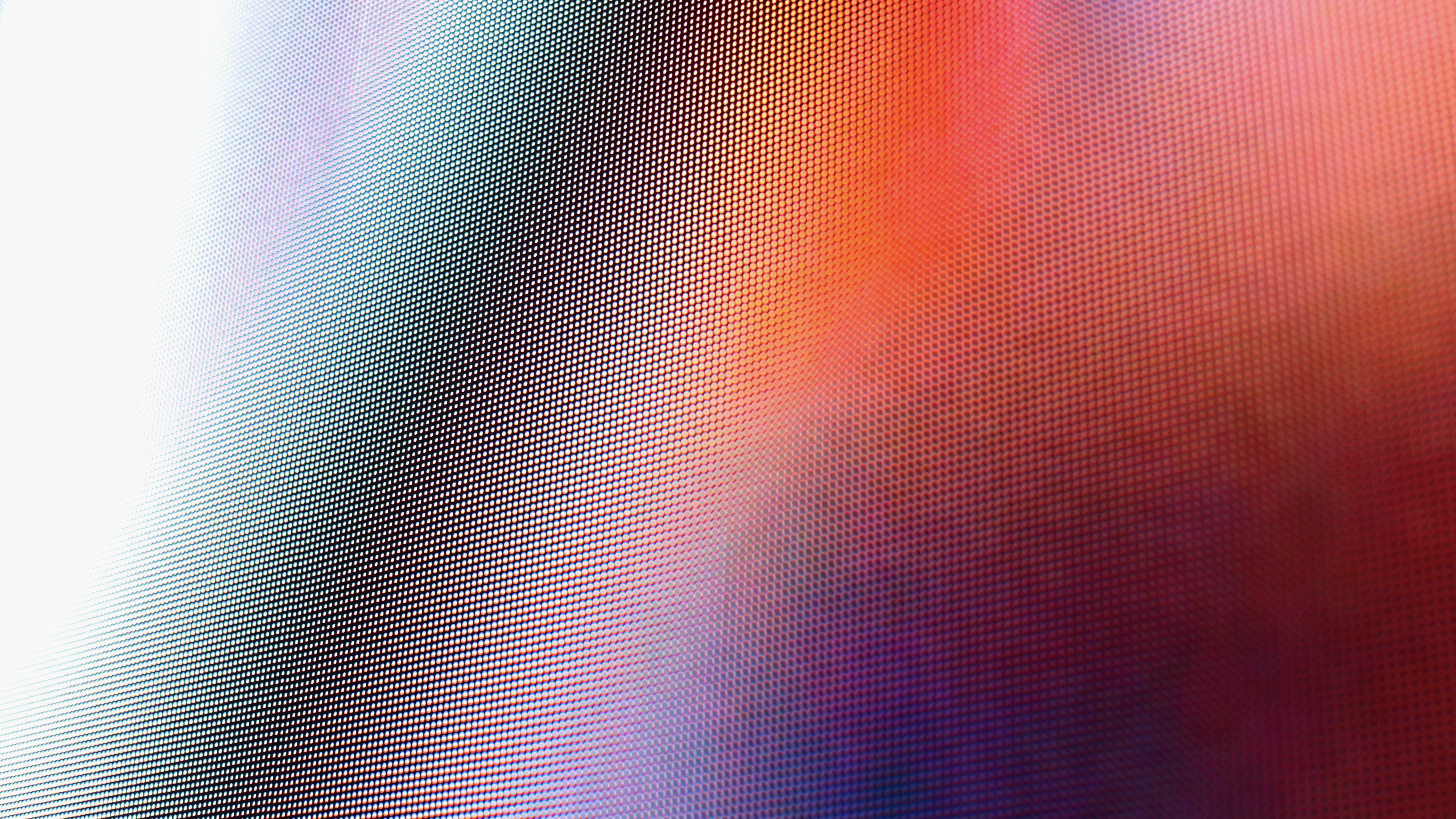
The ULTRA-LUX project, led by technology company Imec, has developed a new type of light-emitting diode (LED) – known as perovskite LEDs (PeLED) – that might one day consign OLED displays to history.
Some of the best TVs and the best laptops today use OLED (organic LED) technology in their displays – a technology in which each pixel is its own light source.
It's become widely popular in recent years, and the technology is being increasingly adopted by manufacturers for all kinds of devices, but researchers now claim to have usurped this technology with the invention of PeLEDs.
Is it time to wave OLED goodbye? Probably not.
"This novel architecture of transport layers, transparent electrodes and perovskite as the semiconductor active material, can operate at electrical current densities tens of thousands of times higher (3 kA cm-2) than conventional OLEDs can," said Paul Heremans, an Imec senior fellow and principal investigator.
OLED utilizes carbon-based thin-film materials as a semiconductor, but displays are limited by a relatively low maximum brightness; the power density is 300 times smaller than that of LEDs which use III-V crystalline semiconductors.
It means, for example, you can't feasibly use your OLED smartphone on a bright, sunny day. LCD displays, by contrast, offer dimmer individual pixels but can instead offer a brighter overall display.
Researchers with the ULTRA-LUX project, however, have wielded the potential of perovskite – a class of material with a specialized crystal structure – to serve as the semiconductor in LED-based displays. In doing so, they've created a display technology that can be up to 1000 times brighter than state-of-the-art OLEDs, according to research published in Nature.
This material, which is used in solar-powered cells, can withstand very high current densities, but hasn't been used in such a way as to emit light in a display. Using their architecture, Imec demonstrated the potential of PeLEDs in future displays, and the researchers now plan on building one.
It may well be a good few years, however, before we start to see displays on the market powered by this kind of display technology, given there's a fair amount of research and engineering still to be done.
More from TechRadar Pro
- These are the best business monitors on the market right now
- We've rounded up the best business laptops around
- Check out the best displays for every budget







